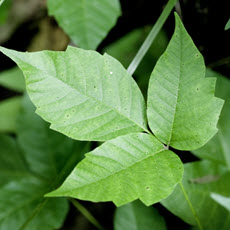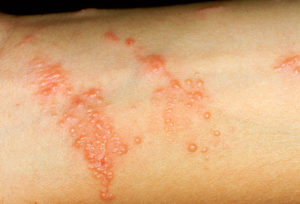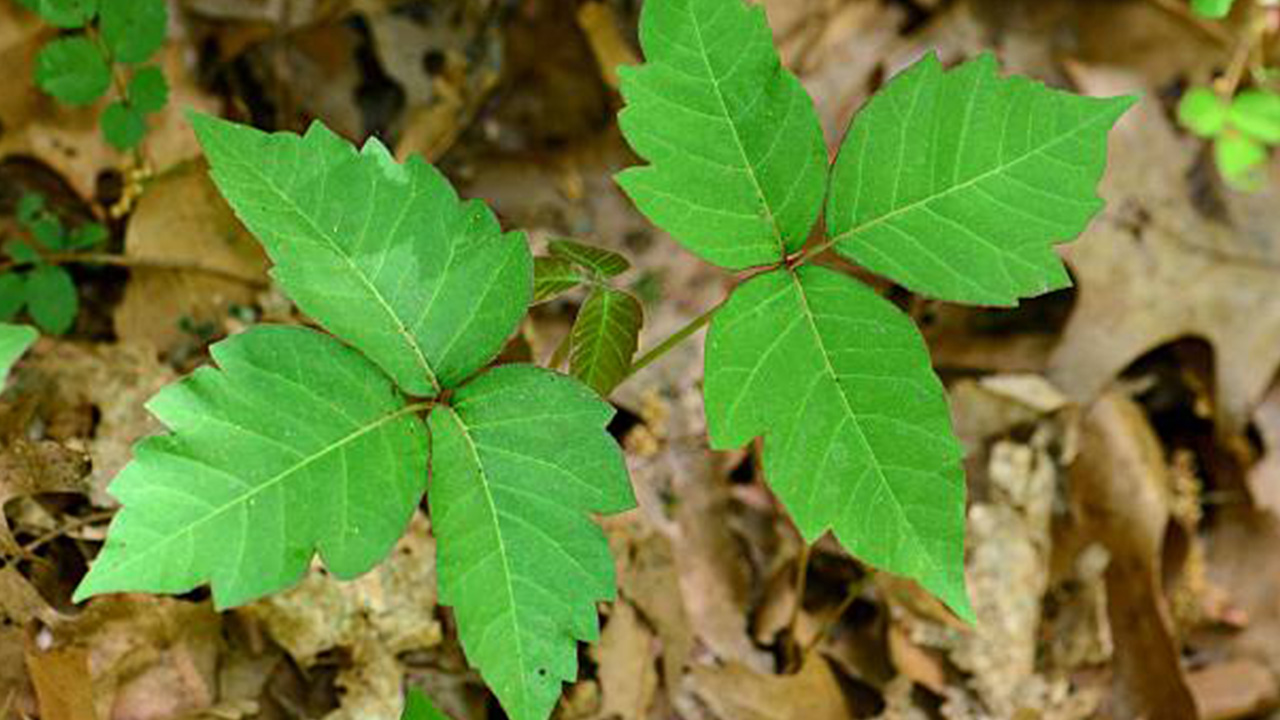Poison Ivy Dos and Don’ts. By Our August Student Pharmacist, Mackenzie Gill.
Summer may be winding down but that doesn’t mean poison ivy has!
The rash commonly associated with poison ivy is caused by an allergic reaction to an oily resin called urushiol. This oil is in the leaves, stems, and roots of poison ivy, poison oak, and poison sumac and is VERY easily spread. The oil causes redness and swelling followed by blisters and severe itching. This reaction typically develops 12 to 48 hours after exposure and lasts two to three weeks.
Prevention is key, and can eliminate weeks of scratching and irritation. It is recommended to wear protective clothing and apply a barrier cream when going outside into weedy areas.
Prevention may be preferred, but it is not always possible. So if the damage has been done, and now you or your children have the itchy rash, what can you do?
DOs:
- Do wash your skin within 30 minutes of exposure. This can eliminate or reduce the size of the rash.
- Do use over-the-counter hydrocortisone cream. This will help alleviate the itchiness and redness. One important note is that hydrocortisone should not be used for more than 7 days without speaking to your doctor.
- Do use calamine lotion. This will also help with itchiness and can dry out the blisters formed.
- Do wash your clothes to remove any resin that may be on them.
- Do consider taking the ORAL antihistamine Benadryl at bedtime. This is strictly to help you sleep at night, as Benadryl makes you drowsy. Antihistamines do not help the itchiness caused by poison ivy.
- Do apply a cool compress.
DON’Ts:
- Don’t scratch! I know this is hard, but scratching can cause infection and make things much worse.
- Don’t pick at blisters. Again, this can cause infection.
- Don’t apply TOPICAL antihistamines as these can worsen the rash and itch.
One common myth about poison ivy is that the blister fluid can spread the rash. This is not true! Your skin must come in direct contact with the plant’s oil to be affected. But as stated earlier, the oil can be spread VERY easily, so even if you do not touch the plant directly, the oil from the plant can contaminate shoes, tools, clothes, and even pet fur! If these objects aren’t cleaned, the oil on them can still cause a skin reaction years later.
If your rash is severe or widespread, you develop a fever, or the blisters are oozing pus, you should see your doctor for further treatment. As always, if you have any further questions, Plain City Druggist is more than happy to help!




